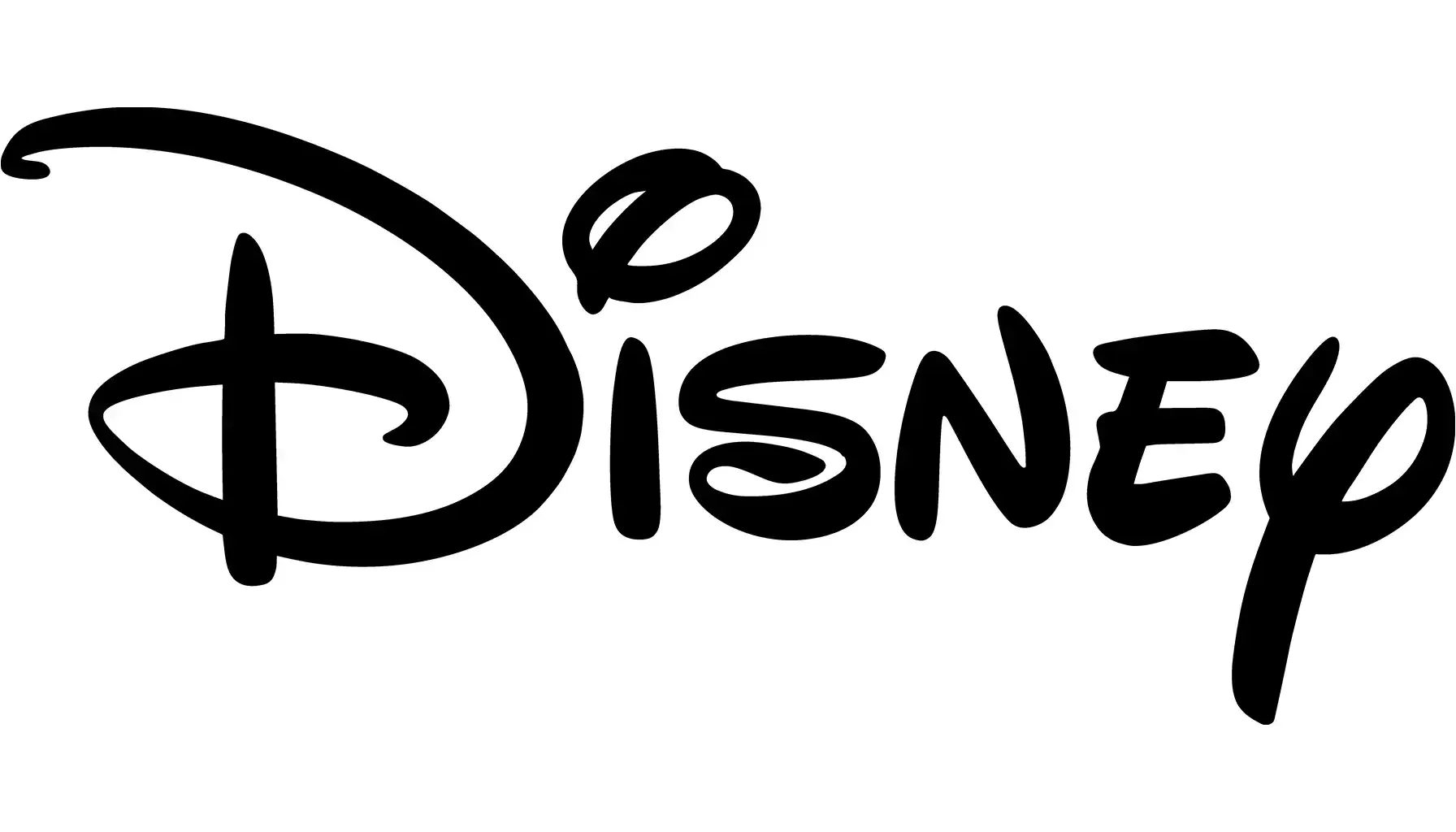Contents:
While some coins gain popularity over time, others quickly become favored choices among numismatists, and 1896 Morgan dollars definitely belong to the latter group. Inherently iconic, these have always captivated enthusiasts of all sorts, thanks to their symbolic meaning in terms of economic significance and artistic aspirations hidden in the precious metal of the coin.
The 1896 dollar coin has a special place in the hearts and collections of numismatists. But what does it look like? What makes a 1896 silver dollar rare? Where to check coin value, and which instances are the most valuable?
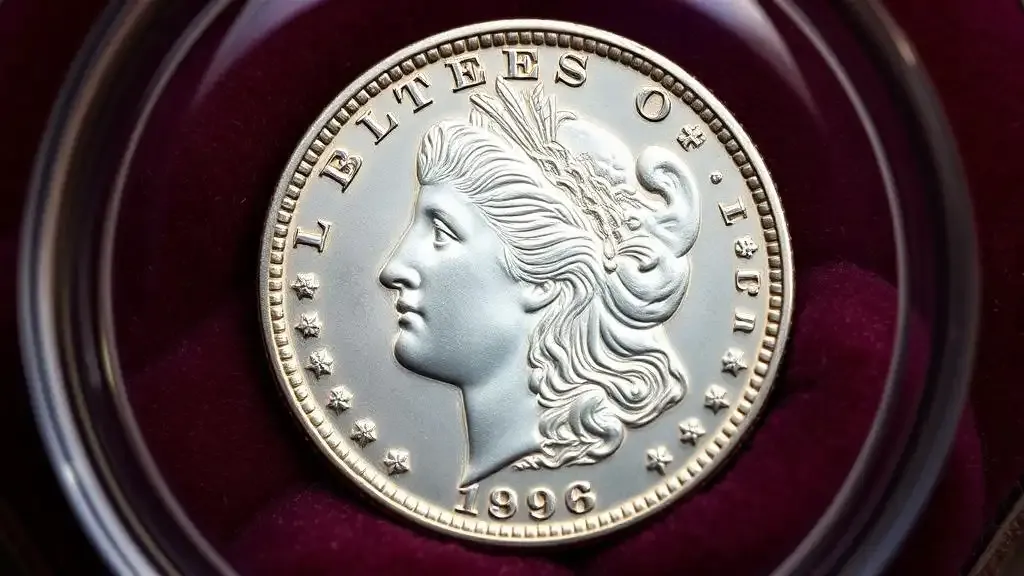
What Does It Look Like? Design Features of the 1896 Morgan Dollar
The American coinage of the 19th century was full of masterpieces represented by the use of metal plates on which portraits or profiles were struck and polished. The design of the 1896 $1 is a masterful example of this phenomenon, too. Generally speaking, the coin, created by George T. Morgan, depicts Lady Liberty on the obverse side and an eagle on its reverse.
To be more precise, the obverse features a left-facing profile of Lady Liberty (originally inspired by a schoolteacher, Anna Willess Williams) with a Phrygian cap and the inscription “Liberty” on it. The reverse depicts an eagle with outstretched wings, an olive branch in its talons, and the inscription “In God We Trust” above.
Year of Mintage | 1896 |
Composition | 90% silver, 10% copper |
Weight | 26.73 grams |
Diameter | 38.1 mm |
Thickness | 2.4 mm |
Edge | Reeded (grooved) |
Silver Content | 0.77344 troy ounces of pure silver |
Mintmarks | “O” for New Orleans and “S” for San Francisco (depending on the place of mintage). Coins struck in Philadelphia did not bear any sign of it. |
Interestingly, most researchers note how realistic and well-detailed the texture of Lady Liberty’s hair is that it can surely be considered a real work of art.
Morgan Dollars by Mint
1896 $1

Mint: Philadelphia
Mintage Figures: 9,976,000
Designations: MS, PL, DMPL
Highest Auction Record: $30,550 (MS, Legend Rare Coin Auctions)
The 1896 one-dollar coin from Philadelphia is a well-struck and commonly collected issue, often seen with strong luster and, occasionally, deep mirrored fields in PL and DMPL examples.
1896 $1 Proof

Mint: Philadelphia
Mintage Figures: 762
Designations: PR, CAM, DCAM
Highest Auction Record: $126,500 (DCAM, Heritage Auctions)
Proof 1896 $1 issues are rare and typically bear brilliant mirrored surfaces. Deep cameo (DCAM) examples are especially prized for their stunning frosted devices against glassy fields.
1896 O Morgan Silver Dollar
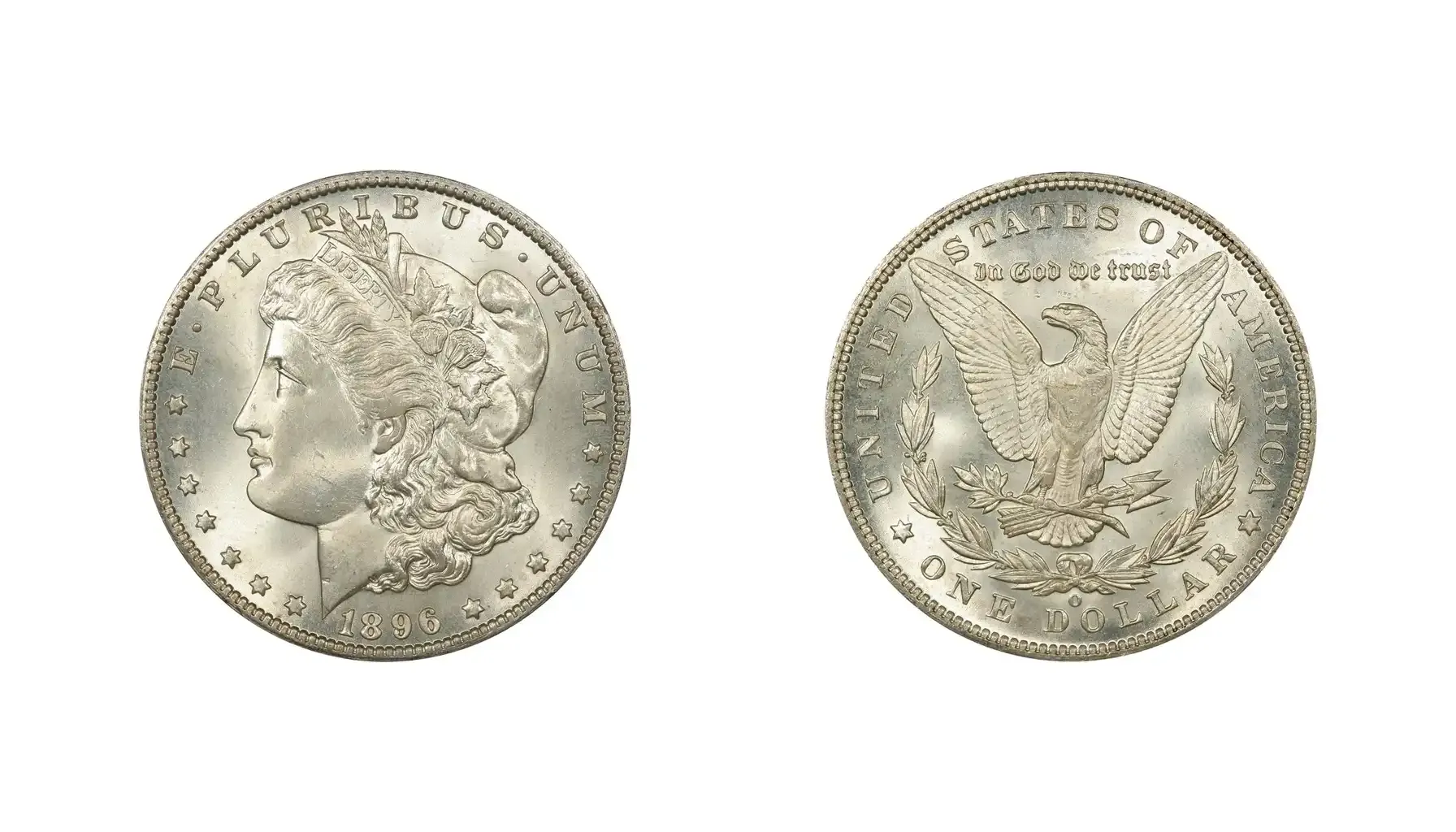
Mint: New Orleans
Mintage Figures: 4,900,000
Designations: MS, PL, DMPL
Highest Auction Record: $528,000 (MS, Stack's Bowers)
Known for weak strikes and soft details, the 1896-O issue is challenging to obtain in higher grades, which is why sharply struck and lustrous examples are extremely desirable.
1896 S Morgan Silver Dollar

Mint: San Francisco
Mintage Figures: 5,000,000
Designations: MS, PL, DMPL
Highest Auction Record: $720,000 (MS, Stack's Bowers)
The 1896-S one dollar is usually better struck than its New Orleans counterpart and, hence, is of strong eye appeal. Obviously enough, high-grade examples are scarce and command significant premiums.
Note on Designations
Designations matter, for they may boost the 1896 silver dollar value for good. Here is the definition of designation terms one should be aware of:
MS (Mint State): A coin struck for circulation that shows no wear; graded from MS60 to MS70.
PL (Prooflike): A circulation strike coin with mirrored fields similar to a Proof, but not struck as a Proof.
DMPL (Deep Mirror Prooflike): A circulation strike coin with even deeper, highly reflective fields than a typical PL coin.
PR (Proof): Specially made coins struck with polished dies and planchets for collectors, typically with sharp detail and mirrored fields.
CAM (Cameo Proof): A Proof coin with frosted devices that contrast against mirrored fields.
DCAM (Deep Cameo Proof): A Proof coin with extremely frosted devices and deep, mirror-like fields, creating a dramatic contrast.

Legislative Background
As shown above, there were struck great volumes of 1896 pieces, though each instance should have contained 90% silver. Nevertheless, the amount of coins preserved in good or relatively good condition is not great at all. But what are the main procedures or legal actions responsible for the Morgan Dollar series' existence?
As such, the United States moved toward the gold standard when the Coinage Act of 1873, which its critics labeled the "Crime of 1873", essentially put an end to unrestricted silver production (which silver miners were not really fond of). As a response to silver miners and the growing need for inflationary policies, Congress established the Bland-Allison Act of 1878, which presupposed that the US Treasury had to buy $2–$4 million worth of silver every month and turn it into silver dollars.
The Morgan Dollar was created in 1878 as a result of these actions and legal requirements.
Prices by State
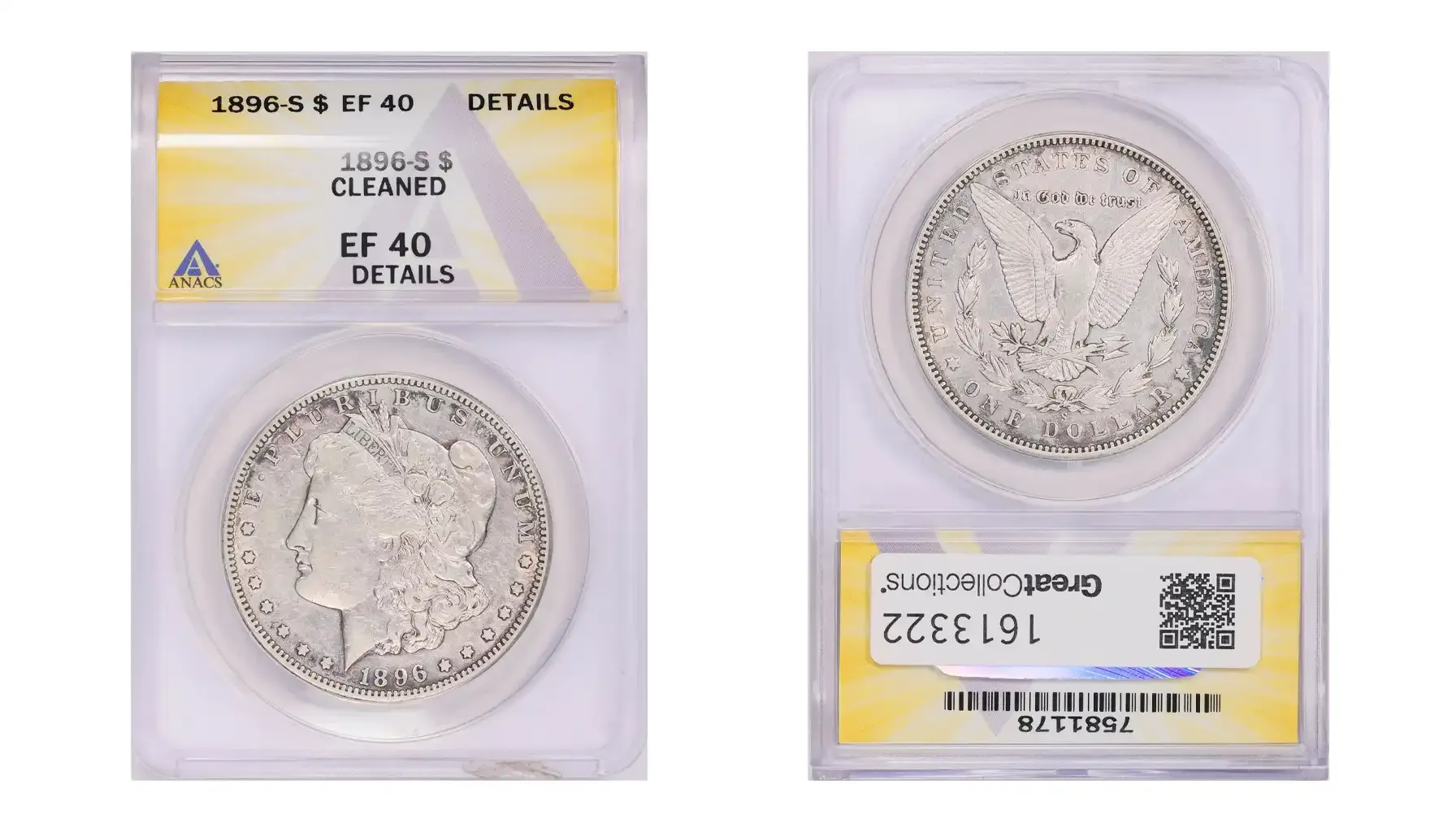
How much is a 1896 silver dollar worth? In fact, it is rarity and overall condition that determines how much collectors are willing to pay for it. Despite being a rather common issue in the series, the value of 1896 silver dollar is significantly influenced by strike quality, grade, and mintmark, too. Using the conventional numismatic scale, Morgan Dollars, including the 1896 issue, are rated from Poor (P-1) to Mint State (MS-70).
General Price Ranges
Auction records may demonstrate the human factor, i.e., prices that cannot be predicted or explained in simple terms. However, there exist general price ranges that are supported by more measurable aspects like precious metal rates and grades attributed by grading services like NGC or PCGS.
Circulated Grades (Good to Extremely Fine): $1 coins in circulated condition often display wear on the highest points, such as the feathers of the eagle and Liberty's hair. Good (G-4), Very Good (VG-8), and Extremely Fine (EF-40) are common grades for instances that are in circulation, with prices ranging from $45 to $90.
Uncirculated Grades (Mint State): Mint State or Uncirculated pieces do not exhibit any wear at all. Hence, the worth of uncirculated instances can go up to $400 or more for higher-grade examples (MS-65) and approximately $90 for lower Mint State grades (MS-60).
Prooflike (PL) and Deep Mirror Prooflike (DMPL): Certain uncirculated instances, referred to as Prooflike (PL) or even Deep Mirror Prooflike (DMPL), always feature a mirror-like finish. These coins are rarer and fetch higher prices from $150 to $1,500, just like those with mistakes, e.g., 1982 quarter errors.
One More Thing..
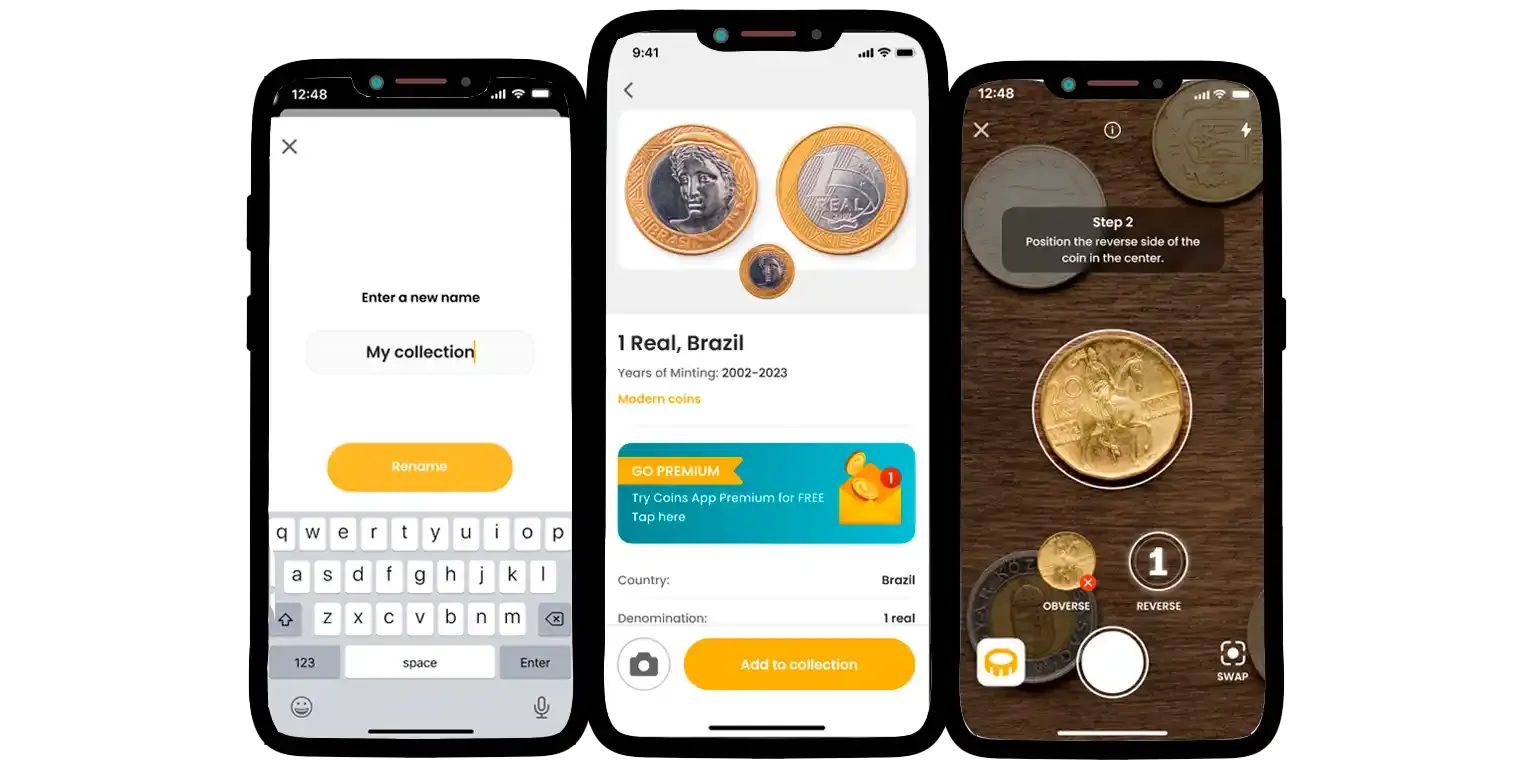
Should you wish to learn even more about any numismatic creation, we recommend that you install the Coin ID Scanner app and explore its vast coin database to discover even more facts and figures with the highest precision possible. Users may utilize the software to rapidly identify and assess their money with the help of the camera on their phone.
The app is an all-inclusive resource for both new and experienced collectors, with complete details on rarity, 1896 Morgan silver dollar value, and historical context, not to mention. Coin ID Scanner does facilitate coin identification and grading (though without certificates), giving information about a coin's condition according to the requirements of the industry. Standards are great, but Coin ID Scanner is greater.


